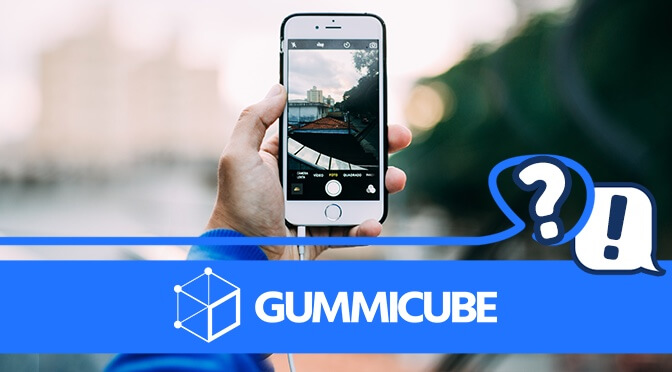
5 Best Practices for Apple Search Ads
Posted on July 3rd, 2024
Are you leveraging Apple Search Ads the right way? Take a look at these recommendations to optimize your paid campaigns and target the right users.

In-app purchases don’t necessarily need to happen directly from the app. Apple allows users to make purchases from within the App Store, which can then be instantly applied to the app. Because of that, developers can promote their in-app purchases, free trials and promotions on the App Store page, as well as tabs like Today, Games and Apps.
Apple enables developers to promote up to 20 in-app purchases on the product page. Developers can also prepare additional purchases to switch their promotions to at any time. Outside of the product page, promotions and purchases can appear in searches.
This enables developers to advertise special sales, limited-time promotions and exclusive content. For instance, if a mobile game is offering a sale on in-app currency, users can see the sale and purchase it directly from the App Store.
If users select a purchase for an app they do not currently have installed, they’ll receive a prompt to install it first. This helps the purchase promotions work as another means to encourage conversions.
Only non-consumable purchases will show up in search results, so purchases like “Buy 100 coins, get 10 free” will not be seen in search.
In addition to in-app purchases, developers can promote free trials of their apps. If a user finds a subscription app in search results, it can also include an option for a free trial. This can encourage users to install and try out the app. If the free trial is a positive experience, that could help encourage them to remain users when it ends.

As an alternative, developers can provide discounted prices to attract new subscribers. The introductory price will be presented on the App Store as a promoted in-app purchase. The subscription can then return to the normal price once the introductory pricing ends.
It is advised that the app makes it clear that the introductory price is lower than the normal cost. Surprising users with a sudden increase in price can drive angry reviews or uninstalls.
When the promotion appears in search results, it should engage with and appeal to users the same way an optimized app should. Promotions also use similar metadata to apps, so App Store Optimization should be considered when designing them as well.
Each promoted purchase uses a promotional image which appears on the App Store product page and search results. If the content is featured, it could also appear on the Today, Games and Apps tabs.
The promotional images should be separate from the app icon and screenshots. They should represent what users are purchasing, such as special outfits or items. Apple adds special frames to these images to show that it’s a purchase separate from the app, while the app icon itself will be displayed in the lower left corner. It is advised to not add text on to the image and to ensure the important details are not in the lower left corner.
The display name should be easily convey what users will get from the purchase, without using generic terms. For auto-renewable subscriptions, the duration of the trial or discount subscription should be mentioned. The names can be up to 30 characters.
In-app purchases can also have descriptions. These have 45 characters that developers can use to convey what users will get from it and any other pertinent information.
Promoting in-app purchases and special promotions can be a helpful way to increase visibility and draw users to an app’s deals and sales. These should be designed with care to help improve conversions. By showing users deals and free trials in the search results, developers can entice their audience with special deals and bring in new users.
Want more information regarding App Store Optimization? Contact Gummicube and we’ll help get your strategy started.

Are you leveraging Apple Search Ads the right way? Take a look at these recommendations to optimize your paid campaigns and target the right users.

Ghostly happenings are among us... and in your app listing too? If you aren't leveraging the power of app seasonality to make relevant tweaks to your store listing you're leaving precious engagement and conversions on the table.

Developers on the iOS App Store should plan in advance of the upcoming Holiday Schedule to allow enough time for apps to get approved during the busy holidays.